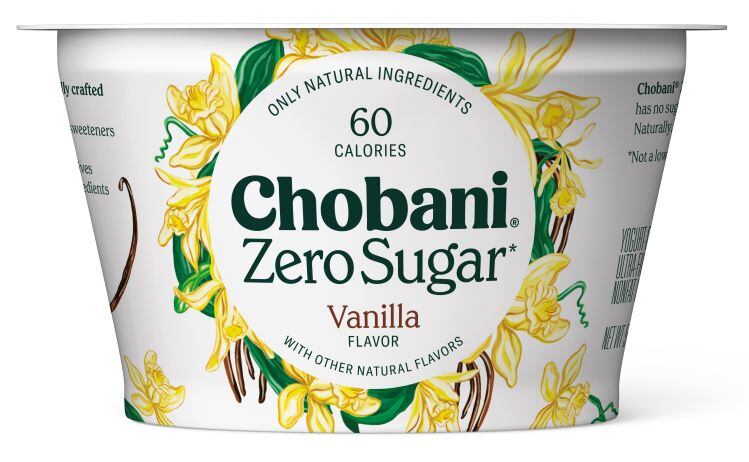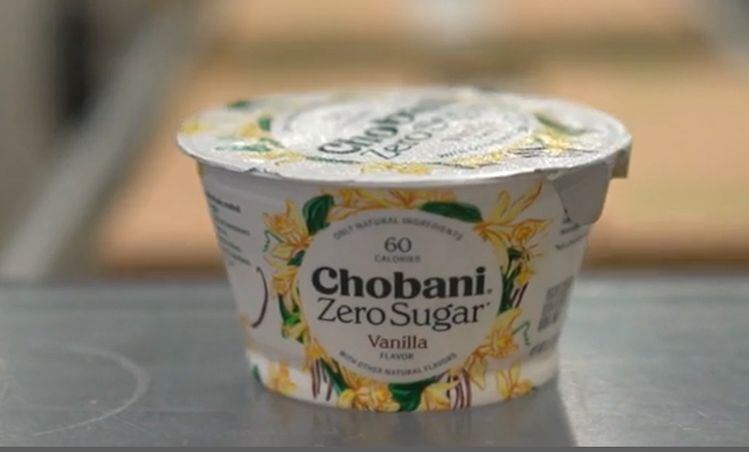“We’re seeing this overall global trend towards sugar reduction driven both by consumer demand and somewhat by regulations, whether it’s labeling changes or taxes,” Yates told FoodNavigator-USA.
While Ingredion is seeing strong demand for a range of products in its sweeteners portfolio, the rare sugar allulose - which has 70% of the sweetness of sugar but only a fraction of the calories - is one of the most exciting ingredients it has worked with in a while, he said.
“Allulose is very exciting. You just don’t have many products that come along that are very low calorie with the functionality that allulose has, the sweetness, the bulking. We’ve seen a lot of interest in allulose for confectionery, protein bars, nutrition bars, dairy, and to a lesser degree, we've seen it in beverages and in baking.”
Allulose production
However, there are only a handful of allulose producers, including Ingredion, which teamed up with Matsutani to start manufacturing the sweetener in Mexico in late 2019; Tate & Lyle which manufactures allulose in Loudon, Tennessee; Korean firms CJ CheilJedang and Samyang Corp; and Chinese firms (where products coming into the US are subject to a hefty tariff) including Shandong Bailong Chuangyuan Bio-Tech Co., Ltd and Shandong Baolingbao Biotechnology Co., ltd.
Bonumose is working on alternative manufacturing processes it claims can eliminate some processing steps and significantly increase yields, paving the way for its “mass market” adoption, but has not yet brought a product to market.
According to Yates, “There are certainly others that are evaluating coming into the marketplace and as allulose grows in popularity I think we absolutely will see additional players come in. I think there was a period of time where there was some allocation going on within the marketplace, but from what we've seen, that's mostly subsided, and I’d say things are certainly recovering to what the more normal situation might look like.”
At Ingredion, he said, “We cut the ribbon on the [allulose] plant [in Mexico] in November of 2019 and we're certainly watching the market grow and looking at our options to continue to supply the market, whether that be from Mexico for the North American market or whether we look at other potential plants to manufacture from. We see this as having broad appeal in Asia as well as other regions.”
In Europe, he said, “It is still not approved, but there are a number of active applications, although we don't know how long it might take to get approved, and certainly COVID hasn't done us any favors as it relates to some of the timing on these things.”
A fairly mainstream ingredient or a very mainstream ingredient?
Generally, the supply of crystalline allulose has been a little tighter than the liquid product, he said: “With any new ingredient, storage of dry ingredients is much easier to handle for customers as liquid requires tanks, but as the product continues to grow and customers have higher usage rates, liquid becomes advantageous. But, in the initial stages, for logistics and handling purposes, some people are more interested in crystalline.”
Asked whether the price of allulose is still a barrier to more widespread adoption, he said: “If you look at erythritol, a very similar priced ingredient, it has still grown substantially in the last even year to two, so there's still a lot of opportunity. The difference is whether allulose can be a fairly mainstream ingredient versus a very mainstream ingredient.”

Allulose - which is found naturally in a variety of plants, but is produced commercially via a multi-step process typically starting with corn starch - has gained significant traction over the past year, with some high-profile brands from Chobani to Kellogg’s using the low-cal rare sugar in new launches.
While allulose still counts as ‘carbs’ on food labels, the tooth-friendly ingredient has 70% of the sweetness of sucrose but only 0.4 calories per gram, with a negligible effect on blood sugar and insulin, and has garnered a lot of interest following the FDA’s decision to exclude it from the total and added sugars declarations on the Nutrition Facts panel.
Image credit: Chobani
Consumers and allulose
Consumers, meanwhile, don’t typically know exactly what allulose is, although some early adopter brands have done a good job of educating them, he said.
“In a consumer study, we asked people that didn't know about allulose what they thought it might be, and overwhelmingly they suggested it was a sweetener of some type, so I do think consumers, even if they've not heard of it, might still know that it's a sweetener. We continue to see very positive information on social media, and we're seeing awareness increase rather rapidly, and more companies are spending time to explain what allulose is.”
While customers choose whether to label ingredients as ‘natural,’ a thorny issue in food marketing, said Yates, “We ask consumers their views on naturalness… and we do find that consumers buying allulose perceive it as natural, because it occurs in nature [allulose is found naturally in figs and some other fruits, but produced on a commercial basis through a complex multi-step process starting with corn].”
Stevia... from Reb A to Reb M
When it comes to stevia, he said, “What we've seen is the continued evolution of better-tasting steviol glycosides [such as Reb M] which has opened up a number of doors because you can get deeper reductions in calories in more difficult applications. We also continue to work on how we can lower costs to drive greater adoption.”
On the formulation front, he added: “What you're seeing is a lot of mixtures of different steviol glycosides. I don't think the market for Reb A will disappear though, although it will play less of a role as a standalone stevia sweetener.”
Sucralose... still in high demand
While the trend is clearly towards more ‘natural’ sweeteners, demand for the artificial sweetener sucralose remains strong because it still performs so well in certain applications, he said.
“For sucralose, growth still remains very strong in all regions of the world.”
The sweeteners innovation pipeline
So what about the innovation pipeline? With so many ingredients now being produced via fermentation – with microbes now producing everything from steviol glycosides and dairy proteins to collagen – is Ingredion exploring new sweeteners that are found in nature, but could be produced more efficiently by microbes?
“Absolutely,” said Yates. “We’re always on the lookout… whether it be more bulking sweeteners like allulose, or whether it be high intensity sweeteners, and we have active programs in both.”
He added: “We have a partnership with [synthetic biology company] Amyris [Ingredion, via its PureCircle subsidiary, is the exclusive global b2b commercialization partner for Amyris's sugar reduction technology that includes fermented Reb M], and we're looking at a number of different opportunities to continue to expand that through their fermentation technology, and it could cover ingredients that occur in nature or not.”
Supply chain blues: 'We’re seeing ocean freight rates still at very elevated levels'
Asked about the supply chain – an issue moving higher and higher up the agenda in corporate earnings calls these days – he said: “We've seen overall supply interruptions, which is broader than just sweeteners from corn.
“We’re seeing ocean freight rates still at very elevated levels and in some cases still rising and there’s been port congestion, which is very disruptive to the supply chain. In some cases, air freight is an option but in many cases it's not really a very economically viable option, so we've seen disruptions because of that.
“And it goes beyond just ocean freight, so we’re talking about trucking and rail and just about any kind of logistics, we’ve seen disruptions globally,
As for corn-derived sweeteners, he said: “We’ve seen raw material pricing rise, without a doubt, and corn pricing today is still what I would consider historically higher than normal. We certainly saw prices in China, corn prices, accelerate rapidly last year, but while they're still elevated, they've since come off those highs.”


